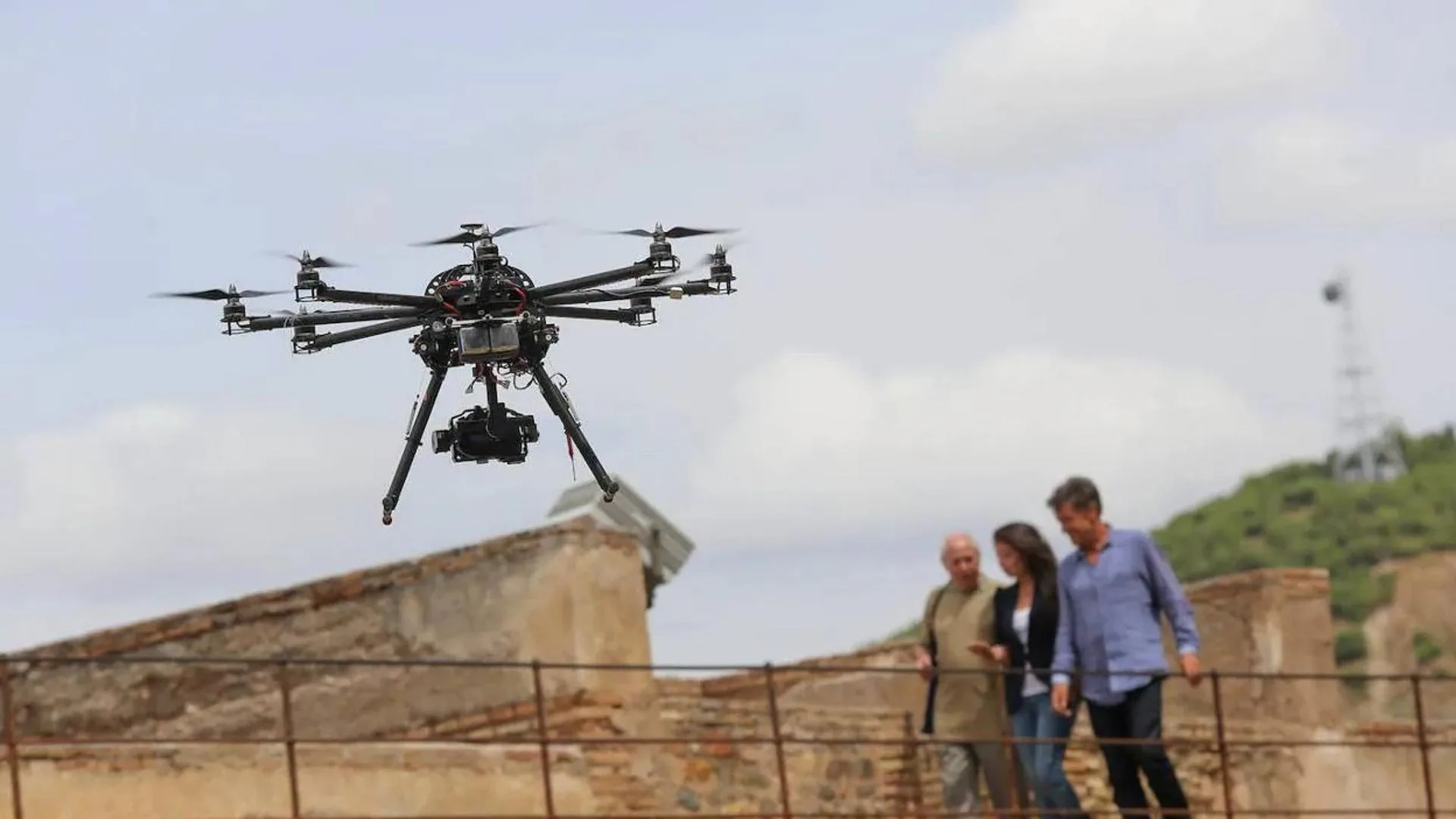Granada’s famous Alhambra Palace strengthens its security with “smart” cameras and a system to shoot down drones

Monday, June 24, 2024, 6:08 p.m.
The security of the famous Alhambra Palace in Granada is to be improved with a new contract for the next four years. The main innovation is the replacement of the conventional cameras with intelligent cameras that will be strategically distributed around the monument and will make the work of the staff responsible for protecting the monument and its visitors more efficient.
A consultant analyzed the weak points and then drew up a specification with suggestions for improvement. These include a 10 percent increase in the number of cameras – there are already a hundred on the site – and the hiring of an additional security guard because “they do a great job that is necessary and effective,” said the head of the Alhambra’s security service, Pilar Guerrero.
The director of the Alhambra, Rodrigo Ruiz-Jiménez, explained that the monument has its own peculiarities and that it is necessary to innovate in protection systems without changing the environment. You can incorporate security elements into existing objects, such as a lamp, but the stucco cannot be protected in the same way as the paintings in a modern museum.
“The new cameras will help us anticipate attacks. They will detect if someone is running, if someone is holding their hand to their chest or if visitors are walking in the wrong direction. This will save us time,” said Ruiz-Jiménez.
According to the head of security, these “smart” cameras are capable of learning and can be “instructed.” In other words, the staff teaches the cameras things that need to be monitored. “They will be a great ally, although they will never replace the human touch of the people and their way of watching over the monument,” said Pilar Guerrero.
The new cameras will be installed starting in the summer, and an anti-drone system will go into operation a little later, in the autumn. Antennas with a range of more than ten kilometres will enable drones to be detected more precisely and their signal blocked so that they fall to the ground and no longer pose a threat.
The Alhambra Living Labs project, in which the University of Granada (UGR) is involved, is also about to be born. This digital project will make it possible to study everything from cracks to visitor flows, and follow the evolution of the monument in great detail without having to carry out experiments.
“The new surveillance cameras will be one of the advances in this area. For other areas, we will launch a call for ideas so that new technologies can provide us with proposals that we do not yet know about, given the specific nature of the conservation of the Alhambra,” concludes Rodrigo Ruiz-Jiménez.



